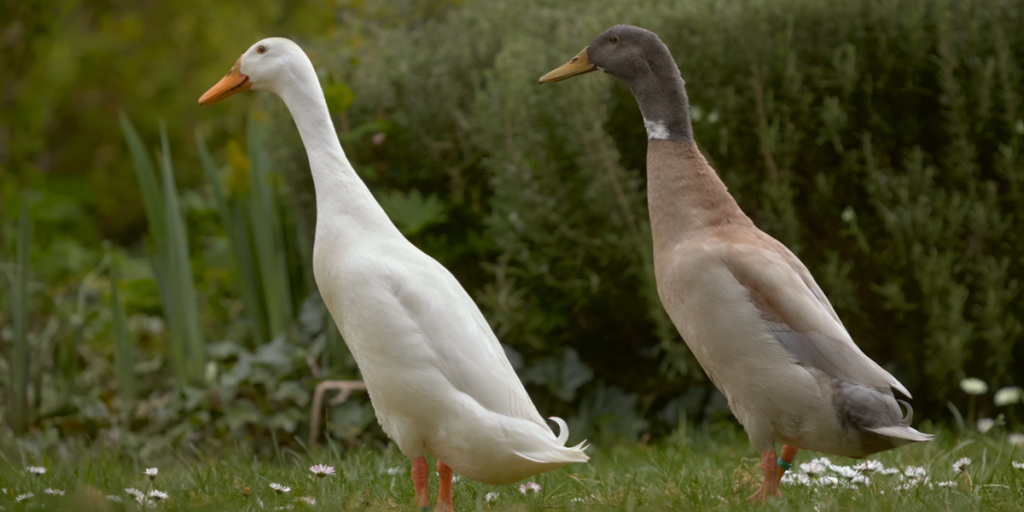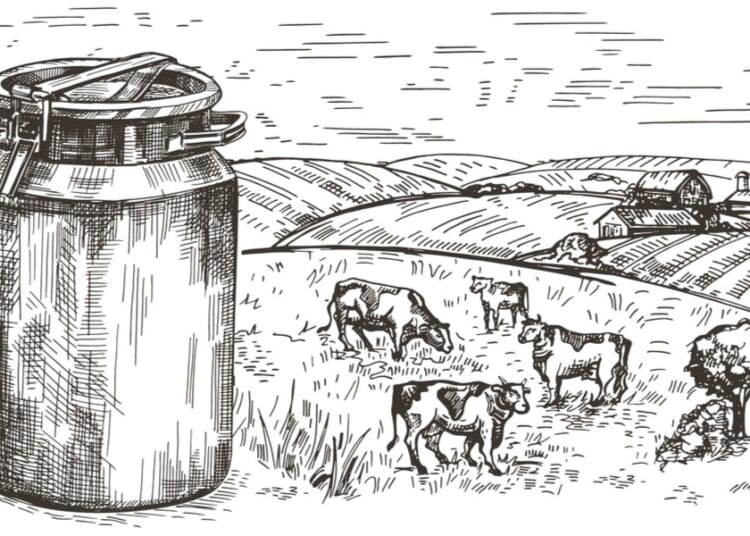A rather short column this week, I’m afraid.
ROAMING round YouTube, I came across this extraordinary clip.
These are some of the 1,100 Indian Runner ducks employed by the Vergenoegd Löw Vineyard in Stellenbosch, South Africa. Every day they are let out to patrol the vines and feast on the snails and pests, reducing the need for pesticides and insecticides. You can see more here.
Indian Runners originated from wild mallards in Indonesia over perhaps a thousand years of selective breeding, and are thought not to have any connection with India. When they were first brought to Europe in the mid-19th century they were called ‘penguin ducks’ because of their distinctive shape and posture, which comes from the pelvic girdle being situated more towards the tail region than in other ducks. They walk or run, rather than waddling, and cannot fly. They do swim but spend much of their time on land foraging for insects, worms, other invertebrates, and catching flies. They come in a wide range of colours but one legacy of their mallard heritage is that the drakes still have a single curled tail feather, like these two.

Here is a time-lapse film showing the simultaneous development of an Indian Runner duckling and a Pekin duckling, which is a standard shape.
After their arrival in Europe, Runners were crossed with other domestic ducks, creating Khaki Campbells and Buff Orpingtons among many others. Breeders were particularly excited by the colour variations they could achieve with the Runners’ genetic makeup. Because of the cross-breeding, pure Indian Runners were almost extinct in Britain by the beginning of the 20th century. However two enthusiasts, Joseph Walton and Matthew Smith, imported fresh stock in the early 1900s and it is thanks to them that pure Indian Runners are still to be found here.
They are prolific egg layers, usually producing 300 to 350 a year, and are also good table birds.
You can find out more about them at the Indian Runner Duck Club. https://runnerduck.net/
And here is a charming video by an owner, which made me wish I had the sort of garden where I could keep a few.
***
Now I’ve heard everything: You may have read about the absurd report claiming that the countryside is racist and colonial, making ‘people of colour’ feel unwelcome and out of place. Leaving that twaddle aside, the phrase that caught my eye was that this report came in answer to the Race and Community All-Party Parliamentary Group’s call for evidence on ‘the links between systemic racism and climate change’. I find it hard to believe that there is a single adult who is prepared to admit asking this fatuous question, let along a whole committeeful, or that any adults were prepared to answer it, let alone the representatives of 82 organisations. Still, when you see that the members of Wildlife and Countryside Link include Greenpeace, the National Trust, the RSPCA, the RSPB, Rewilding Britain and the Countryside Charity (the trendily rebranded Council for the Preservation of Rural England), all becomes clear. I find it worrying that the bodies which have almost complete power over our countryside are packed with people who enjoy wasting their time on non-issues such as this.

